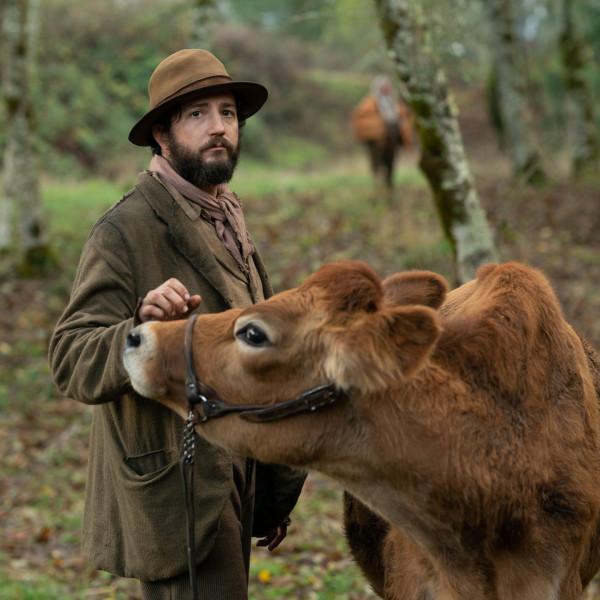
Another Mammal
Written by: Jo Randerson
Directed by: Jane Yonge
Circa Theatre, 8th May 2021
Reviewed by: Tanya Piejus
Wellington writer Jo Randerson has made a name for herself as a creator of dark social satire and her new play, Another Mammal, delivers that in spades, along with a healthy dose of absurdism.
A married couple, simply known as Y (Anya Tate-Manning) and Z (Natano Keni), are on the brink of divorce and attempt repeatedly to resolve their differences. However, every time they confront each other, one of them has a real or imagined gun. Their failed reconciliations inevitably lead to a comedic death as a broader metaphor for humankind’s tendency to solve problems with violence.
Tate-Manning delivers a standout performance as the female protagonist, injecting her stage presence with rapid-fire dialogue, physical energy, and expert comic timing. Keni offers a more restrained counterpoint to balance Tate-Manning’s fire. As the Stage Manager, Erina Daniels creates a subtle character who initially assists the action on stage, but then becomes an important part of it. The three mysteriously benevolent and hirsute Wolf-Apes, Peter Burman, Sean Millward, and Waitahi Aniwaniwa, gradually invade Y and Z’s sparse home with a quiet and charming bemusement.
The development of this play was one of many disrupted last year by COVID-19. That experience is evidenced through the improvised feel of the dialogue, the shapeless tracksuits worn by most of the cast, the unkempt hair and long nails of the Wolf-Apes, and the bunch of fake flowers unceremoniously squirted with hand sanitiser.
The in-your-face narrative is supported by a raw set (production design by Meg Rollandi) and lighting design (Joshua Tucker) and a loud Kiwi pop-rock soundtrack that forces the audience to stay engaged and propels them ever onwards into the next helter-skelter scene.
Another Mammal will not be every theatregoer’s mug of tea, but for those who revel in the surreal and enjoy a good laugh at the persistent failings of the human race, then this is an excellent hour’s entertainment.











